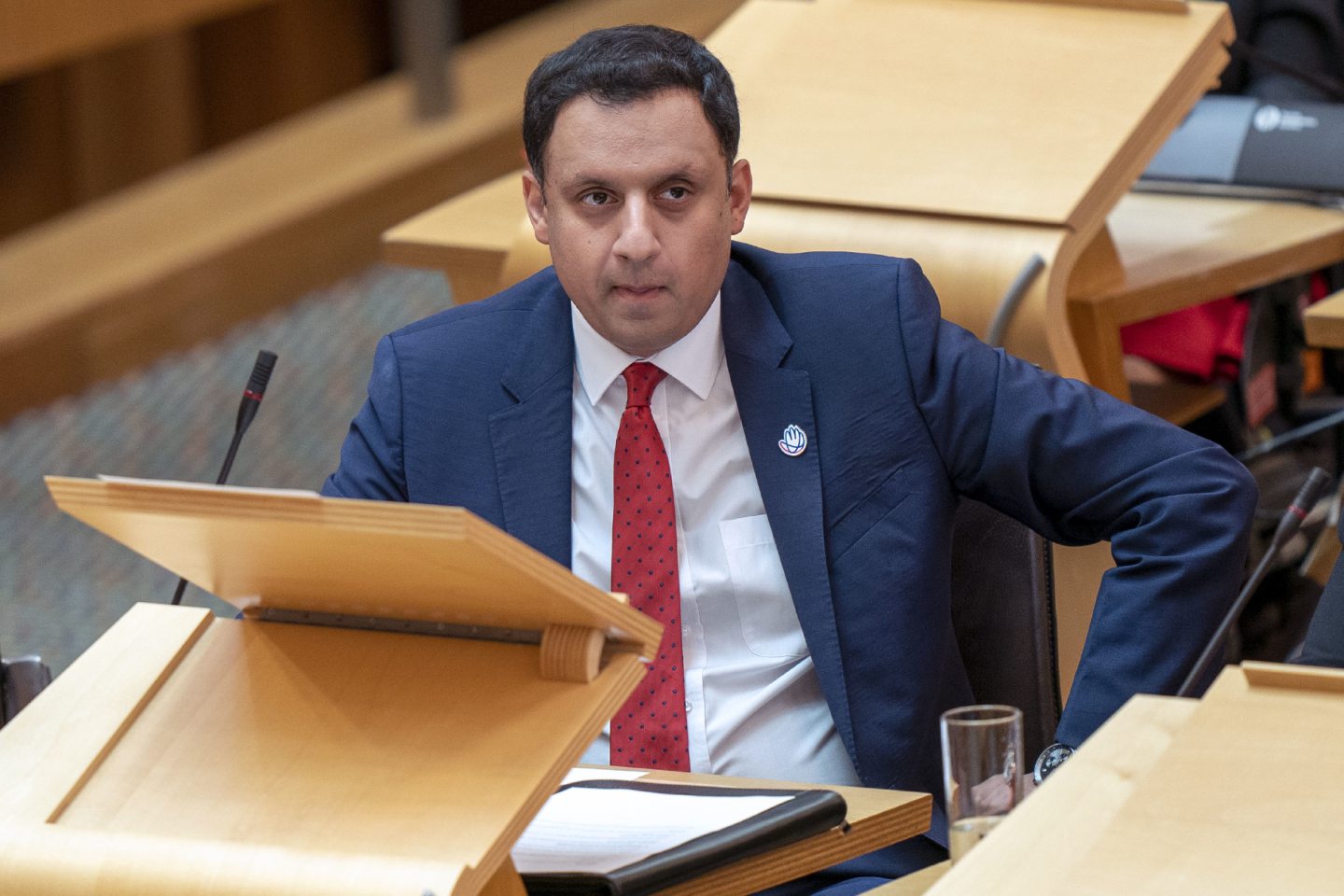There is a lot of righteous anger from the SNP over this week’s Gaza ceasefire debate in the House of Commons.
Senior nationalists would like us to believe this is because they and largely they only have a monopoly on compassion and concern for the Palestinian civilians caught up in the conflict while those in other parties – particularly the Labour Party – are largely indifferent.
“We have been Westminster’s conscience on the brutality unfolding in Gaza,” as the SNP’s Westminster leader, Stephen Flynn, succinctly put this particular line of argument.
There is no reason to doubt that this concern is anything but sincere.
After all, few would dispute the scenes emerging from the Middle East are horrific and must stir empathy even among Israel’s staunchest supporters.
But the truth is the SNP‘s outrage in this instance comes not as a result of the humanitarian crisis unfolding before our eyes in the Gaza Strip, but from their failure to land a blow on the issue they really do care about: stopping the resurgence of Scottish Labour.
‘Speaker did old party a favour’
Flynn declared in the immediate aftermath of the House of Commons debacle itself: “We are the victims of a stitch up.”
Certainly, by breaking with precedent and allowing the Labour Party’s reasonable ceasefire motion alongside the SNP’s more bombastic ceasefire motion, the speaker, Sir Lindsay Hoyle, undoubtedly did his old party a significant favour.
Whether he acted from a genuine desire to seek as wide a debate as possible, as he initially claimed before apologising the following day, or whether he was pressured into acting, as has been alleged by others, is really a moot point.
By allowing the Labour Party to table their ceasefire motion, he helped Sir Keir Starmer’s party avoid the trap set for them by the SNP, which would have seen them either have to back the nationalists’ inflammatory motion or not back a ceasefire at all.
Many Labour MPs – but especially those representing seats in Scotland – must have breathed a heavy sigh of relief.
That SNP MPs are annoyed about this turn of events is understandable.
The conflict in the Middle East is a cause close to many of their hearts, but it has also proved one of the few political issues where the SNP has successfully outmanoeuvred the Labour Party over the last year.
Given the growing list of SNP MPs who could lose their seats, this issue has therefore taken on an outsized role, not only in international affairs, but also in the future of domestic Scottish politics too.
But the nationalists should not despair yet.
What happens next?
The latest shenanigans in the House of Commons were a setback, but this issue is far from settled.
The Labour Party remains seriously divided on the conflict, with MPs and MSPs in frequent disagreement among themselves, while it is also clear that – despite his protestations to the contrary – Anas Sarwar takes a much more pro-Palestinian line than his leader in London.
There are also increasing reports from party activists that the Labour Party’s apparent prevarication over a ceasefire is starting to resonate with some voters.
Meanwhile, given Israel Prime Minister Benjamin Netanyahu seems determined to keep fighting – and Hamas shows no signs of laying down its arms and returning its hostages – there is no obvious end in sight for the conflict itself either.
All this means that we can expect the humanitarian catastrophe in the Gaza Strip to continue to feature in Scottish political discourse for a long time yet.
As we have seen this week, some of that will be down to genuine concern about the crisis on the ground, but we should never forget a lot of it will also be about developments in Scottish politics too.













Conversation